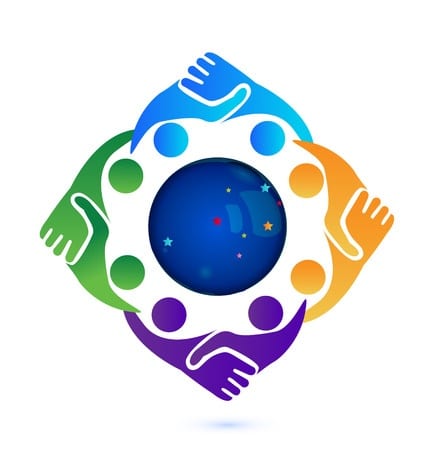
To step into and sustain a new way of being requires a commitment to working through frustration, disappointment, and the impulse to quit. Therefore the coaching conversation will invariably come round to talking about, and the need to affirm a personal inner commitment to the path of change, and to the embodiment of the desired thought pattern, attitude, or behavior.
Here are some key considerations for coaching commitment:
When people are wavering in their commitment, how do you identify it? What are the signs? Here are a few to listen for:
“I will try to.” When you hear the word “try”, they are not really committed to the goal or path. Encourage the words I will or I am.
The voice of Doubt, Concern, Worry, or Fear. Explore it. What is the voice saying? What can we learn from it? Where is the voice coming from?
Delay and procrastination. These are telltale signs that something needs to be corrected, aligned, or re-explored. There are a number of reasons someone is in delay, so go into it to determine if it is a commitment issue.
Talks about other things. Is your client avoiding talking about the area of change, or dances around questions about commitment in favor of other avenues of conversation?
Moving from to commitment is really a change in attitude. How do we help ourselves and our clients make the change in attitude needed to commit?
5 Commitment Considerations
When a client is faltering in their commitment, how do we help them discover what’s going on, why they are in struggling mode, and what they are committed to.
Investigating the lack of commitment. Get curious and investigate what the client’s perspective is. [As a coach, develop a non-judgmental curiosity for why your client thinks, feels or behaves a certain way.]
What is getting in the way? What is the frustration or struggle like? What are you committed to? Where is it wavering?
Part of the investigation is looking at what they are doing. How are they spending their time? Help them to understand that their actions are indicators of a commitment to something.
They can show you how they are not committed or where their commitment is faltering, and really get into the details.
Look deeper at underlying beliefs. if you believe your client is willing to see that side of themselves, begin to inquire into the beliefs, and the validity of the beliefs.
Investigate the underlying structure—the embedded belief or value—that they are committed to. Help them to recognize and accept it as part of their no-longer way of being that has long roots. “You have served me for a long time.”
Help our clients see the truth about themselves, what is beginning to emerge as the new way, founded on the a new belief or higher levels of truth.
Move them into a place of commitment + action.
This is related to the vision they have for themselves. What do they really want to have happen? What wants to emerge within them as the new way of being and acting? Get clear on this, and hold up the vision for your client. Visualize and energize that end state with them.
How committed are you to achieving your goals? [Rate it 1-10]
Are you going to try to accomplish this? Are you truly committed and have decided nothing will impede your progress?
What are you willing to commit to fully?
What needs to be let go of, to fall away for this to happen?
What would it be like to commit despite this type of obstacle?
Help them to see the core value of the action they are committing to take.
I want a promotion? Why?
I want to have impact in the organization.
Why is impact so important to you?
So I can help change the organization for the better?
Why is changing the organization important to you?
It gives me a sense purpose in contributing to a better world.
Get past the drudgery of the initial ‘I have to…’ Get to the real reason, the core value of why someone is doing something so they don’t lose sight of that.
Put structure in place around the commitment.
Structure supports commitment, so co-create a structure with your client to support that commitment.
Ask: When, how often, what are you willing to do, what best supports you, where are the pitfalls, what could get in the way, what resources do I need?

